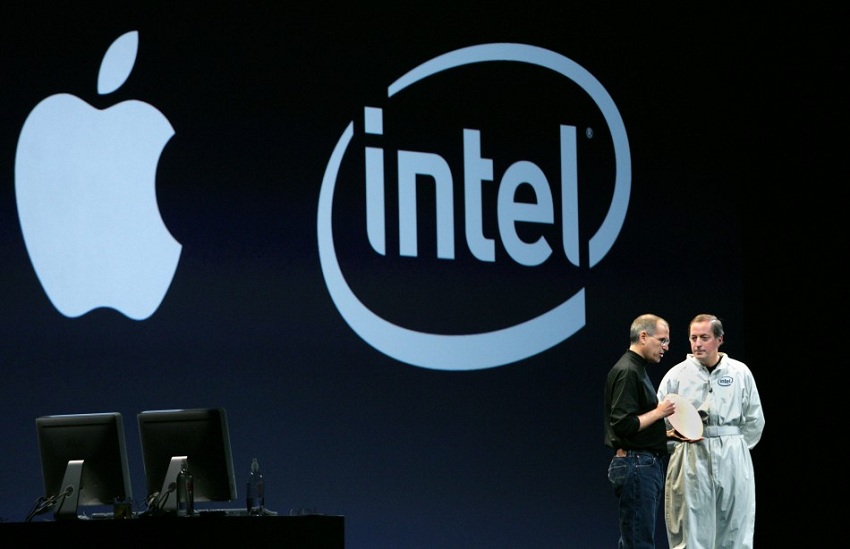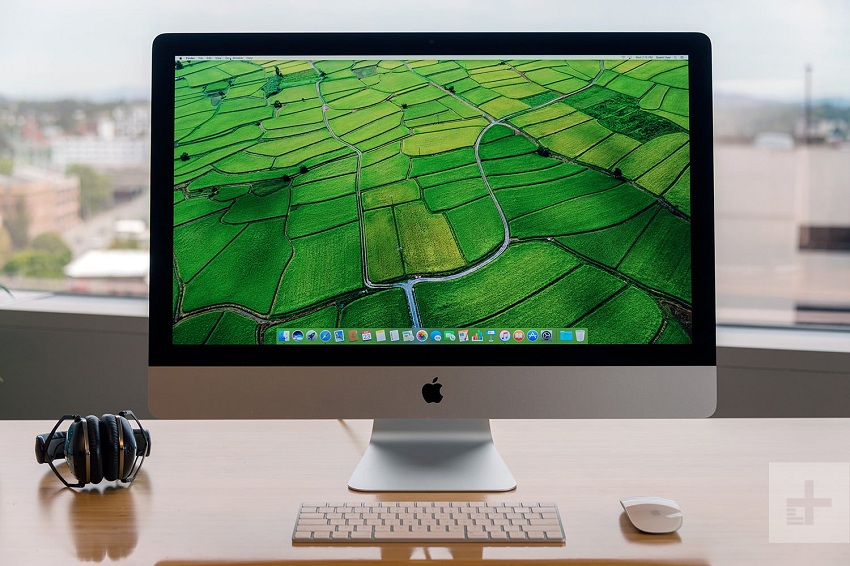Apple Dropping Intel | What Could Be the Reason Behind This?
Apple has been working for years on designing chips to exchange the Intel microprocessors utilized in Mac computers. For what is reason apple dropping Intel? Consistent with five people with knowledge of the trouble. Who wasn’t authorized to talk about it? They assert Apple could announce its plans as soon as a corporation conference for developers on Monday, with computers supported the new chips arriving next year.

The Problem with Intel:
There are quite a couple of issues that arose from the Intel move. Internally, Intel Macs are not any different from Intel Windows computers. This meant that Apple’s only differentiators were design and software. Now it became apparent that you simply can get a Windows computer with equivalent specifications as a given Mac for substantially less money.
Not only this, but Apple’s designs often sacrifice thermal headroom for aesthetics, which suggests the hardware has got to downclock. So you don’t even get the performance the components should provide. I actually think that Microsoft has the advantage here since they need decades of experience working with Intel hardware. Can we consider all this as the main reason behind the reason apple dropping Intel?
Possibly the foremost painful aspect of going Intel for Apple must are how it allows people to exit their control. First, you’ll run Windows on an Intel Mac. Yes, this is often officially supported through Bootcamp, but even without that, the community would have figured it out. So it’s more a sort of control. Even worse, Windows often performed better with some apps than MacOS on equivalent hardware.
Architectural Shifts:
To understand why this is often big news it’s important to know a touch of history. Back in 2005, Apple found that its chip supplier of choice – Motorola – was falling behind Intel within the Gigahertz wars. More importantly, it had been proving unable to deliver a reliable low power consumption but high-performance carve a time when laptops were beginning to become far more popular as serious work machines.

Apple ditched PowerPC for Intel and although the results would find yourself being far faster portable Macs. There was a period of turmoil for users. Apps had to be made “universal binaries” for a few times. In order that they might work on both systems. The codes base for every being completely different. Eventually, this was phased out leaving only Intel code supported.
Trouble Ahead?
The situation with Intel and Apple now isn’t quite that bad. Apple’s ARM-based CPUs and Intel’s architectures do cross over, though they’re not identical. What gives extra fuel to the hearth. However, it is that the accompanying news that Apple has been performing on how to permit iOS apps to run natively on the Mac. A feature that’s reported to be coming in iOS 12 and OS X 10.14. Seen during this context, shifting Macs – likely beginning with MacBooks – onto Apple’s own silicon would make any such development much smoother. The flip side in fact is that you simply need to ask what happens to Intel-optimized apps with years of development behind them.
Touch Sensitive?
Some users will speculate that each one may necessitate a touchscreen, Mac. After all, how are you able to use touch-based apps without one? Personally, I’m not so sure. Apple could have made a touchscreen Mac years ago if it had wanted to but it hasn’t. More likely, the corporate will make developers adapt their apps to support both mouse and touch input.
Apple isn’t afraid to harass developers, but from the devs’ point of view, the power to code once for mobile and desktop goes to be very tempting. No more developing for 2 platforms. And for users, you’d be ready to buy once and use an equivalent software across all of your devices – potentially a huge benefit. It’s also conceivable that Apple releases an enhanced trackpad that will interpret touch even more extensively than the present models.


